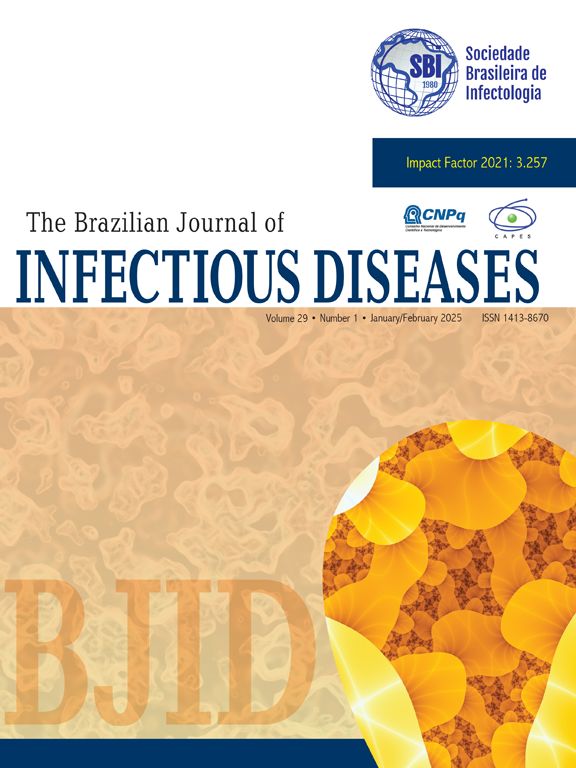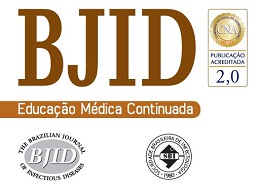Human T-cell leukemia virus type 1 (HTLV-1) infection is endemic in Japan and several countries in South America, Caribbean and Africa. Endocrine and metabolic disorders have been variably reported to be associated with human T-cell leukemia virus type 1 (HTLV-1) infection. Therefore, the aim of this article was to critically evaluate the current knowledge of the endocrine and metabolic disorders associated with HTLV-1 infection. The literature search used PubMed, Web of Science, and LILACS databases in the past 10 years, utilizing, in various combinations, the following keywords: HTLV-1, adult T-cell leukemia, diabetes mellitus, GLUT-1, osteoporosis, hypercalcemia, autoimmune thyroid disorders, diabetes insipidus, inappropriate antidiuretic hormone secretion; pseudohypoparathyroidism; pseudopseudohypoparathyroidism. The proven endocrine manifestations of the HTLV-1 infection are calcium disorders which occur in some patients with acute HTLV-1/Adult T-cell leukemia/lymphoma. The few reports about thyroid, parathyroid, antidiuretic hormone and diabetes mellitus are insufficient to prove a causal association with HTLV-1 infection. The evidence for an association between endocrine disorders and HTLV-1 infection in general, and in asymptomatic patients is lacking. Given all these uncertainties, the endocrine expression of the HTLV-1 infection composes a promising research line for understanding the pathophysiology of this infection.
The Impact Factor measures the average number of citations received in a particular year by papers published in the journal during the two preceding years.
© Clarivate Analytics, Journal Citation Reports 2025
SRJ is a prestige metric based on the idea that not all citations are the same. SJR uses a similar algorithm as the Google page rank; it provides a quantitative and qualitative measure of the journal's impact.
See moreSNIP measures contextual citation impact by wighting citations based on the total number of citations in a subject field.
See more



